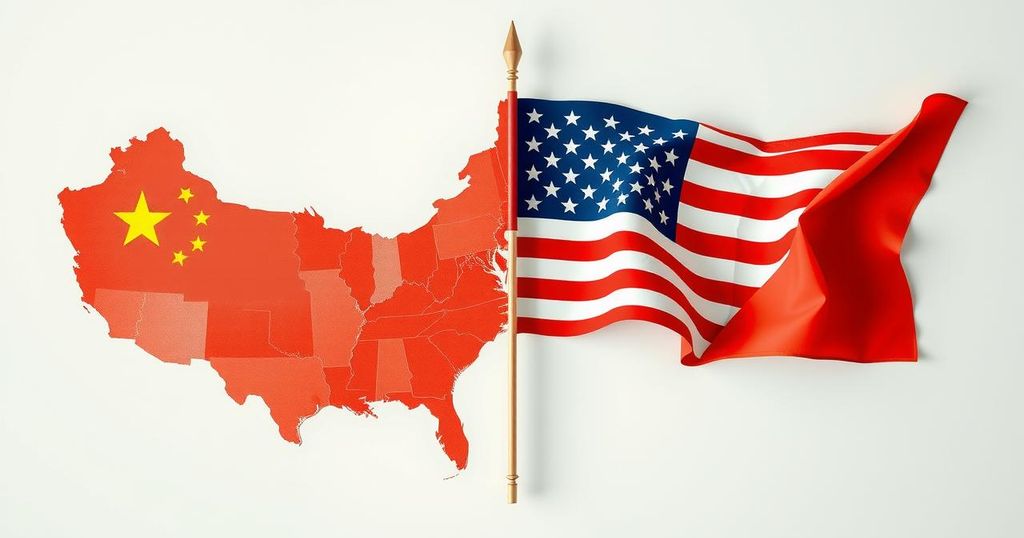This article explores the complexities involved in assessing whether China’s economy surpasses that of the U.S., considering factors such as climate change, geopolitical tensions, and the implications of manufacturing capabilities. The discussion critiques conventional economic measurements while emphasizing the importance of strategic industries and environmental costs in the broader context of national power.
The debate surrounding the measurement of economic prowess between China and the United States is nuanced and complex. An incoming U.S. government, seen as potentially ineffective against China’s expanding influence, raises concerns about the future dynamics of globalization. Key strategic resources like microprocessors and batteries are critical to national security, particularly in the context of a potential conflict over Taiwan. Meanwhile, industries within the U.S. struggle under the weight of climate change costs, which China’s aggressive manufacturing practices contribute to.
Despite its proclaimed leadership in renewable energy, China continues its reliance on coal, presenting a paradox in global efforts to combat climate change. While conventional economic measures such as GDP remain discussed among analysts and pundits, emerging concerns about sustainability and the environmental costs of industrial growth are gaining attention. This necessitates a reevaluation of what constitutes national power: GDP figures alone may no longer suffice, particularly when considering environmental impacts and climate-related risks.
Political dynamics further complicate U.S.-China relations, especially as China consolidates state power in various sectors while liberal democracies attempt dialogue through means of cooperation. Critiques have surfaced regarding how historical economic relationships failed to foster a more open Chinese society; instead, Beijing has intensified authoritarianism, benefiting from technologies acquired through collaborations with Western firms. Questions arise regarding the effectiveness of trade balances in influencing currency values, illustrating the need for a deeper analysis of economic interactions.
The measurement of economic dominance has long been a topic of academic and political discourse, particularly as China’s economic influence has surged over the past few decades. This shift has prompted questions about how to accurately gauge the relative capabilities of China and the United States, especially concerning military and manufacturing strength. With climate change becoming an unavoidable issue, understanding the costs associated with economic production and environmental impact is increasingly critical. The debates also encompass the geopolitical implications of such economic measurements in the context of global power dynamics.
In conclusion, the evaluation of whether China’s economy is ahead of America’s extends beyond mere numerical comparisons of GDP or production figures. It calls for a broader perspective that incorporates the environmental consequences of economic growth, the strategic importance of industries amid geopolitical tensions, and the qualitative aspects of national power. As the complexities of global relations evolve, so too must our methods for measuring economic and military capabilities.
Original Source: www.noahpinion.blog






